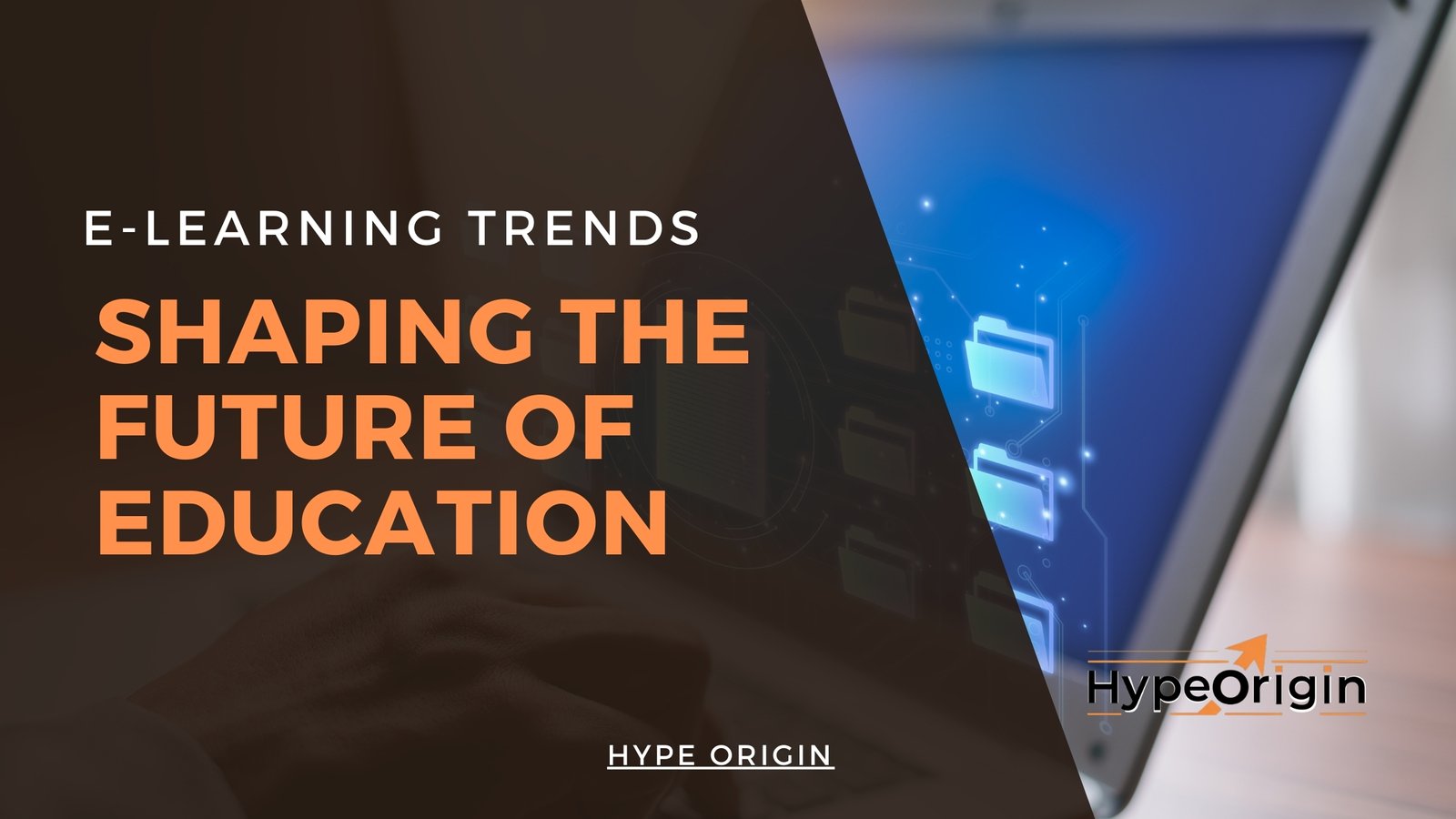Get Consultation
+91-993 -1677-785
+91-993 -1677-785
Tausif Alam
October 8, 2024

The e-learning landscape is rapidly changing, driven by advancements in technology and the evolving preferences of learners. As we navigate this exciting new phase in education, several key trends are emerging that are transforming how we learn and teach. In this article, we’ll explore these trends in detail, highlighting how they can enhance the learning experience and improve educational outcomes for everyone involved.
One of the most notable shifts in e-learning is the move towards personalized learning. This approach tailors educational experiences to fit each learner’s unique needs, preferences, and learning styles. Thanks to sophisticated algorithms and data analytics, educational platforms can now deliver customized content, allowing learners to progress at their own pace.
With the rise of smartphones and tablets, mobile learning has become increasingly popular. Learners can now access educational content anytime, anywhere, making learning more flexible and convenient.
Video content has become a staple in e-learning, making it easier for learners to grasp complex concepts and stay engaged. As more students prefer visual content, incorporating videos into educational materials is essential for capturing their interest.
Gamification is all about adding game-like elements to the learning process, turning traditional education into a more engaging experience. This trend has proven effective in motivating learners and deepening their understanding of the material.
The integration of artificial intelligence into e-learning platforms is transforming the educational landscape. AI can analyze learner behavior, predict outcomes, and offer personalized recommendations.
Social learning leverages the power of collaboration, allowing learners to interact and share knowledge with peers. This approach encourages active engagement and fosters a sense of community among learners.
As e-learning platforms evolve, data-driven decision-making is becoming increasingly important. Analyzing learner data helps educators and institutions make informed choices to improve course design and delivery.
Looking ahead, the future of e-learning promises to be both exciting and transformative. With ongoing technological integration and innovative educational approaches, learners can expect more personalized, engaging, and effective learning experiences.
In summary, the trends shaping the future of e-learning are focused on personalization, accessibility, engagement, and innovation. By embracing these trends, educational institutions and learners alike can create a more effective and enjoyable learning experience.
we are available 24/7 to answer any questions or concerns you may have about our services or your business growth.
Sign up for our newsletter to get updated information, news, and free insight.
We specialize in providing the best solutions to help your business thrive and achieve new levels of success.
we are available 24/7 to answer any questions or concerns you may have about our services or your business growth.
Web Development & Digital Marketing Agency
Copyright © 2024. All rights reserved.